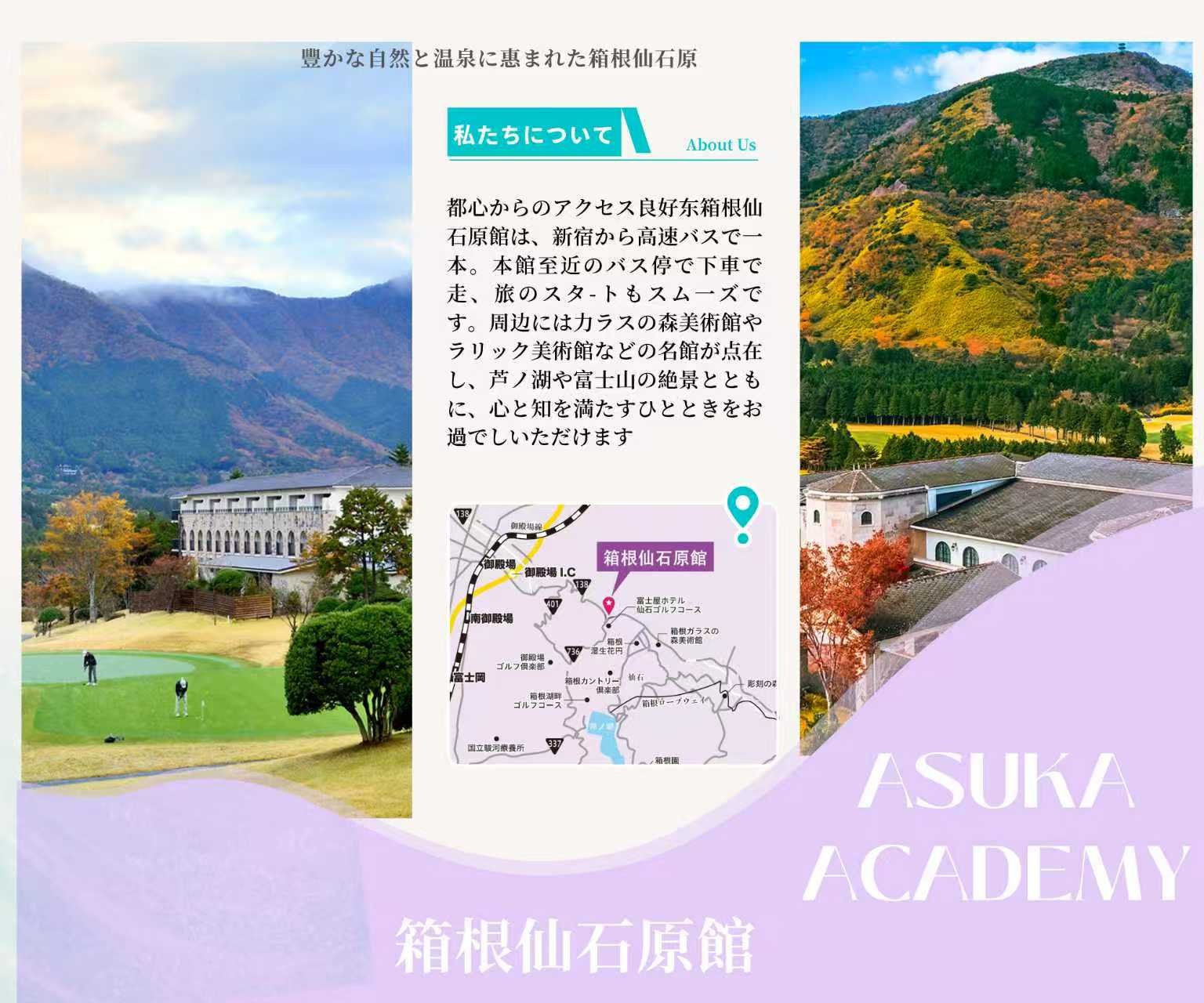(Wednesday, February 5th) Against the backdrop of a global wave of aging, cooperation between China and Japan in the health and wellness industry is rapidly becoming a hot topic. As representatives of the Asia-Pacific economy, both countries face the common challenge of rapid aging, while also nurturing huge business opportunities in the health and wellness industry. According to WHO data, by 2030, the global population aged 60 and above will exceed 1.4 billion, with Japan being the most severely aged and China being the fastest-aging country. China’s health industry has already exceeded 8 trillion yuan, with an annual growth rate of 17.92%.
The “health and wellness industry” is a new industry that combines health, tourism, real estate, and medical care, and may become a new driver of economic growth in the future. With the advancement of the “Healthy China 2030” strategy, policy support and private investment will promote the rapid development of the health and wellness industry. “Healthy China 2030” is a comprehensive health strategy formulated by the Chinese government to address increasingly severe health challenges, aiming to improve national health levels, promote the development of the health industry, and particularly emphasize adaptation and response to an aging society.
At the same time, Japan, with its early experience in addressing aging, has established a mature health and wellness service system, including policy support, smart elderly care technology, and community-based elderly care models.

1. Analysis of the Current Status of Sino-Japanese Cooperation
Currently, cooperation between China and Japan in the health and wellness field is mainly reflected in the introduction of medical resources and technical exchanges. Japanese medical institutions, leveraging their leading advantages in rehabilitation care and geriatrics, are gradually entering the Chinese market. For example, renowned Japanese medical institutions have cooperated with hospitals in cities such as Shanghai and Beijing to establish high-end rehabilitation centers, providing professional diagnosis and treatment services for elderly diseases. In addition, Chinese capital is gradually flowing into the Japanese health and wellness market. For instance, some Chinese companies have invested in developing hot spring resorts in Hokkaido, attracting a large number of Chinese tourists and promoting grassroots exchanges and understanding between the two countries.
Moreover, the cooperative construction of health and wellness facilities is one of the key areas of collaboration. With the Chinese government’s continued promotion of the Healthy China strategy, the demand for health and wellness facilities has surged. However, China still has significant room for improvement in the design and operational management of health and wellness facilities compared to Japan. Leveraging Japan’s mature experience in this field, the two countries have engaged in in-depth cooperation in the construction of elderly care communities, rehabilitation centers, and comprehensive health management centers. For example, large Japanese elderly care service companies are collaborating with Chinese real estate developers to develop integrated projects that combine health management, cultural tourism, and community elderly care. These projects not only meet the diverse needs of China’s elderly population but also drive the transformation of elderly care services towards high quality and high technology.
More importantly, the exchange of health and wellness concepts and cultural recognition is driving Sino-Japanese cooperation to a deeper level. China’s traditional health preservation culture and Japan’s refined health management philosophy are highly compatible in many aspects. In recent years, interactions between the two countries in academic exchanges, industry forums, and cultural promotion have become increasingly frequent. Traditional Chinese medicine culture has gradually been introduced into Japan’s health and wellness services. For example, traditional Chinese medicine health meals and massage services have become signature offerings in some Japanese nursing homes. At the same time, Japan’s health management technologies, such as detailed analysis of medical examination data and daily activity monitoring for the elderly, have been introduced into China’s health and wellness system, improving the overall service level.
2. Addressing the Challenges of Aging: Policy Support and Financial Security
In addressing the challenges of aging, Shigeru Ishiba has proposed active policy support for the medical and health industry. He emphasized that Japan needs to increase investment in elderly health management, especially in technology and service quality. With the advent of an aging society, the Japanese government will pay more attention to the development of intelligent and precise health management services, particularly in the fields of health monitoring, nursing, and rehabilitation for the elderly. By guiding technological innovation and industrial integration, the government will enhance the overall quality of medical and health services, strengthen policy guidance, and optimize relevant regulations to ensure that the elderly population can receive more comprehensive and efficient medical security. Ishiba’s election will support the stability of the healthcare market and promote steady growth in medical expenditures during the 2023-2028 period.
In China, Premier Li Qiang emphasized the need to further strengthen the financial security of “elderly support” and improve the national coordination system for basic pension insurance. Li stated that as the aging society continues to deepen, China will promote the diversified development of pension insurance funds on the basis of ensuring the basic livelihood of the elderly. He pointed out that it is necessary to strengthen the management and efficiency of pension insurance funds, promote the healthy flow and long-term stable growth of funds, and provide more solid financial support for the elderly.
3. Du Yunfeng, Chairman of Changchun Kunlun Construction, on the Current Status of Jilin’s Health and Wellness Industry and Japanese Experience
Du Yunfeng, Chairman of Changchun Kunlun Construction, pointed out that Jilin Province is facing severe population aging, especially with the loss of young people, making the aging problem increasingly prominent. He believes that traditional concepts make young people unwilling to engage in elderly care services, leading to a shortage of professional nursing talent, which is a nationwide problem.
Du mentioned that it is worth learning from Japan’s experience, especially its early promotion of barrier-free design and aging-friendly renovations, as well as its comprehensive nursing care service policies. The Japanese government provides financial support and a standardized nursing care service system, and vocational education also emphasizes skills and professional ethics, ensuring that nursing staff have professional knowledge and high-level skills. For regions like Jilin with severe aging, the cultivation of high-quality professional talent is particularly critical.
4. Future Directions of Sino-Japanese Cooperation
In the future, the direction of Sino-Japanese cooperation in the health and wellness industry can be deepened in the following aspects:
- Joint Development of Aging-Friendly Smart Devices: The application of smart technology is reshaping the global health and wellness industry. China has a huge market demand and strong manufacturing capabilities, while Japan has significant technological advantages in robotics and artificial intelligence. The two countries can jointly develop smart devices for the elderly, such as home rehabilitation robots and smart health monitoring devices, to provide more convenient and efficient services for the elderly.
- Promoting Integrated Development of Health and Wellness Tourism: China and Japan have rich natural resources and potential for health and wellness tourism. The two countries can jointly launch cross-border health and wellness tourism routes to achieve resource sharing and customer complementarity. For example, they can develop health and wellness tours between Changbai Mountain and Hokkaido, integrating the natural scenery, hot spring therapy, and health management services of both regions to provide tourists with richer options.
- Establishing a Sino-Japanese Joint Research Institute for the Health and Wellness Industry: The common challenges of aging faced by the two countries provide a realistic basis for cooperative research. A Sino-Japanese Health and Wellness Industry Research Center can be established in China, focusing on geriatrics, elderly care service models, and health and wellness facility design, creating an international innovation platform for the health and wellness industry.
- Exploring Policy and Standard Alignment and Mutual Recognition: China and Japan have their own characteristics in the formulation of policies and standard systems for the health and wellness industry. How to achieve mutual recognition and alignment is an important direction for future cooperation. For example, in the construction standards of elderly care communities and health data sharing mechanisms, the two sides can reach consensus through consultation, providing more convenient conditions for cross-border enterprise investments and project implementation.
- Strengthening Education and Talent Exchange: The development of the health and wellness industry cannot be separated from the cultivation of professional talent. The two countries can enhance the international perspective and professional skills of relevant practitioners through joint training courses and exchange programs. Especially in professional fields such as nursing and rehabilitation, learning from Japan’s advanced experience will significantly improve the overall level of China’s health and wellness services.
Sino-Japanese cooperation in the health and wellness industry is not only an urgent need for both countries to address the challenges of aging but also an important part of promoting economic cooperation in the Asia-Pacific region. Through policy support, technical exchanges, financial security, and industrial integration, China and Japan are expected to create a “golden era” of win-win cooperation in this field.




